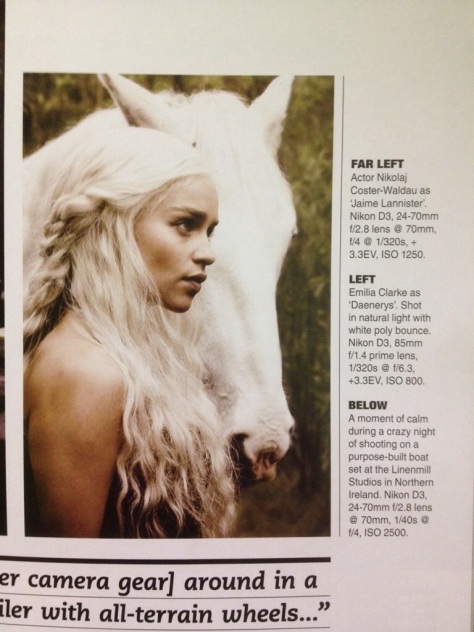Back when I was just starting to get serious with photography, I always checked the EXIF data of the photos that I found to be interesting. For me, the EXIF data was a learning tool. I thought that knowing what focal length and exposure to use to achieve a particular shot would give me a reference point in case I wanted to create a similar image later on.
Fast forward a few years later, I realized that EXIF data is quite useless. I have learned that the images that I tend to appreciate have very little resemblance to the original shot that was captured on camera. Most photos that are above average are usually heavily post-processed. I do this to my own images as well. It is not uncommon for me to intentionally underexpose the shot in order to save the highlights and then push the shadows later in post. If a beginner was to follow my EXIF data, it would give him the wrong impression of the shot. Unless the viewer was at the scene of the shot, an EXIF data does not really tell how bright the ambient light was. You will have to rely on other external data such as the time it was taken, the location and the weather to make sense of it. It would be even worse if the final image was a composite of multiple bracketed exposures because the EXIF data would be totally misleading.
I can’t help but notice that some photographers will include their exposure settings when describing their shots. Unless the images are totally unprocessed, I can’t find any relevance at all. In fact, there are times when I even question whether the photographer actually knew what he was doing. Consider this shot for example (taken from Australian Photography magazine)

The exposure reads 1/320s, f/6.3, ISO 800, +3.3EV. If this was shot in aperture priority mode, why f/6.3? Why not something more exact like f/5.6 or f/8? If it was shot in shutter priority mode, why 1/320s? That is not even “flash friendly” (1/250s). The most confusing part is the +3.3EV exposure compensation. If you have to compensate this much then you might as well shoot in full manual mode. I’m not questioning the result but the exposure info is hardly useful. In fact, it is confusing even to an experienced photographer.
This is not an isolated case. The winning photojournalism photos are littered with the same wonky exposures. One of them read 24mm, f/1.4, 1/8000, ISO 50!!! You can see that the photographer forced the shallow depth of field cliche of f/1.4 because it pushed the camera to its maximum shutter speed and the sensitivity was intentionally set to the wonky fake low ISO. Nevertheless, the shot was a winner. And this is where the problem lies. A beginner would think that this kind of circus act is proper photography. It’s not.
Let this be a warning. Unless you are shown a completely unedited shot, do not take the EXIF data as gospel. Even in “true to life” photojournalistic shots, EXIF data should not be swallowed just like that. Think for yourself.
-
Subscribe
Subscribed
Already have a WordPress.com account? Log in now.